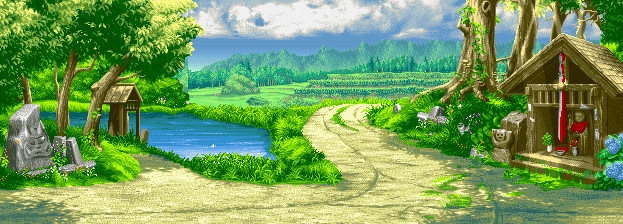micododo
عضو ممتاز


 |  موضوع: what is traumatic reticulitis موضوع: what is traumatic reticulitis  الثلاثاء ديسمبر 09, 2008 2:24 am الثلاثاء ديسمبر 09, 2008 2:24 am | |
| What is traumatic reticulitis :
The reticulum, one of the four parts of the cow stomach, is found on the left side of the body just behind the heart. Most heavy foreign bodies eaten by the cow, such as nails, wire, or boluses, end up in the reticulum. If sharp, they will penetrate the reticulum when it contracts as part of the cudding process. Infection will then spread along the wire out into the surrounding tissues, causing abdominal abscesses and fibrous adhesions. In some cases the wire will penetrate the front of the reticulum spreading infection into the chest of the animal. In many cases, because the reticulum lies close to the heart the infection will spread to the outside of the heart causing a pericarditis.
.
Clinical Signs :
¨ Traumatic reticulitis is a progressive disease with the signs changing as the infected and abscessed area spreads
¨ Reduction in feed intake and milk yield are usually the first signs but may be missed
¨ Severely affected cows show signs of abdominal pain and are reluctant to move (often grunting when they are made to move). They will often stand with and arched back and have a tense abdominal wall
¨ In the early stages they may have a raised temperature but this will usually fall to normal as the disease progresses.
Diagnosis :
· In the more severe cases the diagnosis is often simple.
· Cows with pericarditis have unmistakeable heart sounds which sound like a heart beating in an echoey swimming pool
· Affected cows will grunt when their withers firmly pressed down or when their sternum is lifted with a bar
· Less severely affected cows have very vague signs
· Blood tests may show increased white blood cells, and a secondary ketosis
· For many cows in the chronic phase, the only diagnosis possible is a non-specific indigestion.
· In such cases an exploratory rumenotomy can be used to try and locate the wire
Treatment :
· Surgical treatment (opening the rumen and removal of wire) can be useful in early cases if spread is not too great.
· Conservative treatment (antibiotics, anti-inflammatories) can also be effective in mild cases, particularly if these treatments are combined with a rumen magnet. The antibiotics will fight the infection while the anti-inflammatories will significantly improve cow’s well-being and help to restore normal production. The rumen magnet will attract the metal wire preventing it from causing further damage. Indeed if the wire is not too far through the reticulum wall, the magnet will bring the wire back into the reticulum.
· Severely affected cases, particularly those with pericarditis, should be humanely slaughtered as soon as possible as treatment will almost certainly be ineffective
Prevention :
1) Removing the source of wire is the best method of prevention. Old tyres with wires that show any evidence of wear must be thrown away and not used on silage clamps. It is important to remember that cows are not very selective feeders and particularly when fed a total mixed ration they will eat whatever is put in front of them including stray metallic objects.
2) Magnets can significantly reduce the incidence of clinical disease. They attract metal objects preventing them from penetrating through the reticulum wall.
On farms having problems with mild reticulitis, the use of magnets across the whole herd has resulted in higher less variable milk production. | |
|

